Here at the Zephyr, we’re pretty proud of the articles we publish each issue. We’ve said this before, but we think we’ve assembled the best collection of writers we’ve ever had, all of whom are writing at a level that continues to surprise and impress us.
What we haven’t discussed yet is that we also think we have one of the best “comment sections” on the web. Time and again, our readers leave comments that provide added context, tell stories, and generally enhance the conversation. Occasionally, this happens even when the commenters are arguing with us.
Unfortunately, those comments live at the very bottom of the articles, and are easily missed. So we’d like to begin highlighting some of the best of them, drawing attention to the kind of dialogue we wish were more common on the internet these days.
Here’s a recent sampling…
From: UFOs, Desert Nights, and Late Night Radio …by Tonya Audyn Stiles
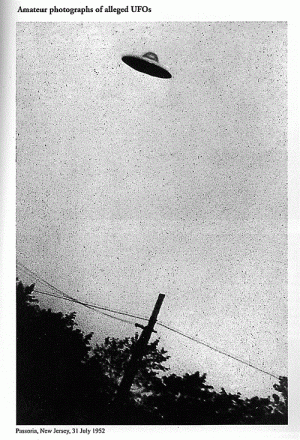
Lewis Greiner:
April 1, 2020 at 2:35 pm
Tonya, Congrats on your new responsibilities! Nice story. Here’s a smallish follow-up tale.
I was employed some years back as a sales rep for a local Denver-based paint-manufacturing outfit. One of my responsibilities was to help make sure the touch-up paint matched during the “final” process before a house is sold. Generally this process is accomplished before the homeowner moves in, but every once in a while:
Me, contemplating: “Seems like someone already has moved in.”
Gentleman answering the door: “Welcome, are you here to match our paint for the touch-up?”
Me: “Yessir, I can set up right here in the foyer so as to not disturb you.”
He: “That’s fine, can I offer you a cup of coffee or something?”
Me: “Sure!”
As I made my way through their very cultured, maturely decorated internationally-flavored home, I was fascinated by various, but easily definable objects, such as fine vases from China, archaeological objects from Central America, lovely traditional wall art, and so on. After some discussion, I made my way back to the foyer and started to adjust the existing paint, comparing it to the wall’s color. As I proceeded, a particular rather “undefinable” piece of nicely accomplished wall art in the foyer caught my eye. The subject appeared to be a “typical” space alien, enlarged head and all.
Me: “Excuse me, sir, can you tell me about this particular original oil painting?”
His wife emitted a rather obvious groan as he asked:
“Perhaps you would like a tour of my basement?”
Me, with great excitement: “Absolutely!”
For the next many hours my host Mr. John F. Schuessler (at that time the president of the M(utual)UFON(etwork) (MUFON) introduced me to all of the outfit’s files, gifted me a signed copy of one of his books (The Cash-Landrum UFO Incident) and further fascinated me, frankly still a sceptic. We ended it this way:
Me: Mr. Schluessler, if all this is true, and the G-Men know it, than why not tell us? It would be the most significant event ever, in the history of humankind?”
Mr. Schluessler: “You seem like a guy that’s smarter than to ask such a question. Of course it is because if this information is actually revealed, people would go bat-shit crazy (I don’t think he used those exact words) — the situation, fear and loathing, etc. would be unimaginable and unmanageable.”
I left wondering if that was so. After this whole pandemic thing, and the rush for toilet paper, I now understand that Mr. Schluessler was correct. And, in case you are wondering, I did have the best job in the world.
FROM: A HISTORY: The Making of Canyonlands National Park, 1956-1978 (PART 1) …By Clyde L. Denis
Doug Meyer:
February 8, 2020 at 7:50 pm
Ed Abbey’s “A Walk in the Park” in Abbey’s Road, though written from perhaps the opposite perspective, backs up this article’s understanding of the unique historical circumstances that led to the 1978 Canyonlands GMP. I think Utah was maybe a little behind the US as whole in reaching an economic peak in the 1970’s, and I think that peak explains why the local point of view lost to the more nationwide desire for a not particularly lucrative mode of tourism that the GMP favored. We’re well past that peak now and so I doubt we’ll see those values winning out in the future. The almighty dollar has returned as paramount in tourism planning.
FROM: ON HERB RINGER’S TRAIL IN NEVADA: Volume 1… by Jim Stiles
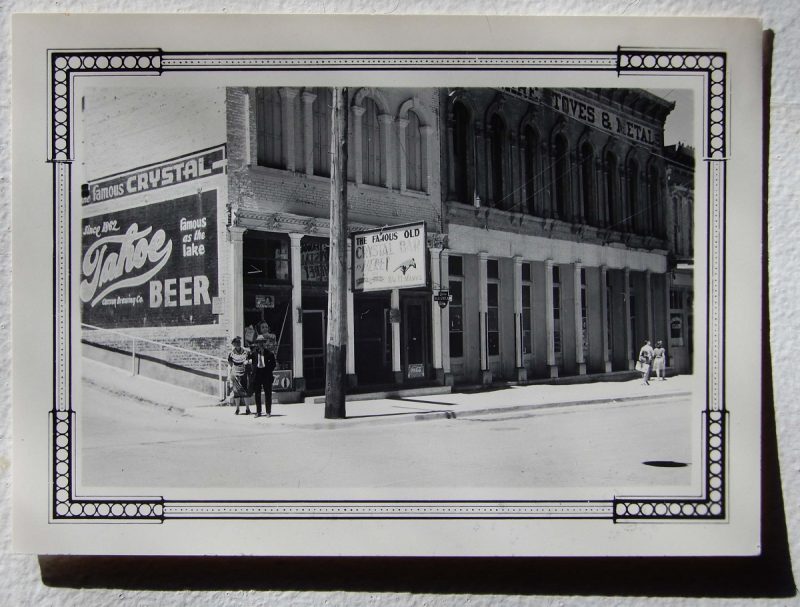
John Moore
July 12, 2020 at 5:46 pm
Jim and Tonya meticulously located and documented the locations of Ringer family campsites in Hope Valley.
During their quest, did they wonder about: Who owned Hope Valley when the Ringer family camped there? Hope Valley is an outstanding example of a valley very promising for grazing, and most of the promising valleys, even remote valleys, were claimed by settlers. Isn’t it remarkable that this easily accessible splendid broad valley is so little changed from what the Ringer family saw in 1945? Has the ownership of Hope Valley changed since Herb and his parents camped there?
The great potential for second home development in Hope Valley is obvious. Owners of second homes in Hope Valley could access many nearby attractions by short trips. The nearest resorts and outdoor recreation opportunities of the Lake Tahoe Basin are only 12 miles to the north. The Kirkwood Ski Area, developed in the 1970’s, is 13 miles to the west. Recreation in Hope Valley – for example hiking, fishing in the West Carson River, cross-country skiing – would also attract potential purchasers. Extensive second home development has occurred in the Lake Tahoe Basin and at the Kirkwood Ski Resort.
When the Ringer family camped in Hope Valley, it was almost entirely owned by ranchers based in the Carson Valley, principally the Dressler and Dangberg families, pioneer residents who had used the Valley as summer pasture for their livestock for many decades. (August Dressler came to the Carson Valley in 1860; Christoph Dangberg came in 1853.) The families’ Hope Valley pastures were only a small part of both families’ extensive enterprises. By the early 1980’s, both families were considering exiting their relatively unprofitable livestock businesses.
Fortunately, the Dresslers and the Dangbergs did not want Hope Valley, associated with their families’ long histories in the Carson Valley, to be developed. They agreed to options offered by the Trust for Public Land (TPL), which then had to find funding for the purchases. The fair market value of the Hope Valley lands, taking into account the second home development potential, was about $20 million.
TPL needed broader support for its lobbying for LWCF funding. At that time Land and Water Conservation Fund (LWCF) appropriations were relatively generous compared to later years, though much smaller than the $900 million annual authorization. Campaigns for LWCF funding to purchase crucial public land inholdings valuable for wildlife habitat, recreation, and wilderness were a priority for national environmental organizations because significant funding was available. In those years, the Wilderness Society annually collected and published a summary of detailed requests for LWCF appropriations by environmental organizations, and the appropriations were a priority for the Sierra Club’s Washington lobbyists. Many other environmental and civic organizations were active in the LWCF appropriations campaigns at that time.
Local chapters of the Sierra Club campaigned for years to build public support, as did Friends of Hope Valley, a local environmental organization in Alpine County. The Planning and Conservation League, a California environmental organization, led a successful initiative campaign for state bond funding for land acquisition that supplemented the LWCF funding. The Alpine County Board of Supervisors supported the public acquisition of Hope Valley and other nearby private lands.
The result? Seventy-four years after the Ringers first camped in Hope Valley, the Valley is almost entirely owned by federal and state agencies, Toiyabe National Forest and the California Department of Fish and Wildlife, and is not much changed from what they saw on their first visit. Highways have been significantly improved, and there are many more visits by the greatly increased populations in northern California and western Nevada. Jim and Tonya visited Hope Valley in October 2019, possibly the near the peak of Hope Valley’s renowned fall color, when visitors appreciating Hope Valley’s beauty are especially numerous.
FROM: Take it or Leave it: RANDOM THOUGHTS & FRUSTRATIONS (RIGHT OR WRONG) ABOUT OUR CURRENT “NEW REALITY” …by Jim Stiles

Bob Krantz
June 8, 2020 at 9:42 am
Thanks, Jim. As always, you provide a more reasoned (or at least less hysterical) perspective.
At the risk of sounding like (another?) curmudgeon, I do think there are some fundamental differences about this crisis.
First, fear. Among the events you cite, this is the first where a good portion of the official message, echoed by regular and social media, is that we should be afraid. Not vigilant or dedicated or even patriotic, but fundamentally afraid. We have gone from “The only thing we have to fear is fear itself” to “we are all going to die unless everyone complies (with the order of the day)”. The tin foil hat crowd claims this is just a ramping up of the deep nanny state, but even trying to see the promotion of fear as a Noble Lie represents a big change in our national narrative.
Second, fragility. We have entire generations raised in a new safety culture where risk minimization is the prime directive. Instead of people raised with bumps and bruises, both physically and mentally, we have delicate flowers who have never been confronted or challenged with any issue or opinion not in alignment with their curated, coddled lives.
Third, admittedly a bit tired, is how divided and partisan we have become. But the official management of this crisis only amplified those differences. Work from home! Sure, for those who have information jobs and somewhat privileged situations. Not so easy for people who actually have to touch their work (and probably lack the financial back ups of the first group). Others have pointed out different perspectives on risk, tying back to my second point. People who have served in the military, who work in physically challenging and even dangerous occupations, who have seen death first hand from any number of causes taking people of all ages, and just plain live disrupted lives, can look at a disease where the risk of death might be one in a thousand, and decide to accept that risk in order to keep their lives going. People who have never known any serious threat are likely to panic and demand total shut down. Now just leverage these differences with some political spin…
Brian Gatlin
June 1, 2020 at 8:37 am
well…. the density explanation gets a big “yes, but” from me. It certainly ignores the experience on the Navajo reservation, where per capita infection rates rival or exceed those of NYC. It’s hard to spread people much more sparsely across the landscape than northeastern Arizona (+ parts of SE UT and NW NM). Whether the article ignores this because it is inconsistent with the thesis of the article, or just….because that’s just what we do when it comes to the reservation, it’s certainly a problem with the argument. Amidst the confusion, we all gravitate toward simple answers. Reality is always more complex.
Jim Stiles
June 1, 2020 at 9:19 am
Brian Gatlin…I didn’t mean to ignore the COVID-19 crisis on the Navajo Nation, but there is so only much I can cover, even in a 5000 word article. But as you know, regarding the breakout on the NN, there are other issues at play. Underlying health conditions, as we mentioned more than once, dramatically increase chances of infection. It’s a fact that diabetes and heart disease, and other health problems are a real issue on the Navajo Nation.
But most critically, what I have read from multiple sources, is that the rapid spread of the Coronavirus on the Navajo Reservation stems in great part from the fact that many of their homes are occupied by multiple generations of their families, which means when a younger person who picks up the virus, he may be asymptomatic, but puts his older family members at risk..As NPR reports:
“Given that the Navajo Nation is 27,000 square miles — seven people per square mile — social distancing may seem easy. But while the population is spread out, multiple generations often live under one roof or within the same small group of homes. Isolating a loved one, especially if they are sick, simply isn’t part of Navajo culture.”
Finally, for more than a century, it has been an intrinsic and well-justified lack of trust in White people to accept and follow our imposed restrictions, even if they are supposed to help. It’s been evident these past few months, as many Navajos violated stay at home orders, and even the mandates from the NN’s own leaders to obey curfews. It’s why the mayor of Gallup and the governor of New Mexico finally invoked the Riot Act to shut down the city altogether and turn everyone away.
I have many older Navajo friends who have pleaded for months for their younger counterparts to self-quarantine, but to little or no avail,.
So I completely agree, there are no simple narratives.
FROM: Cultural Confusion: Dispatches From the Rez …by Joseph Day
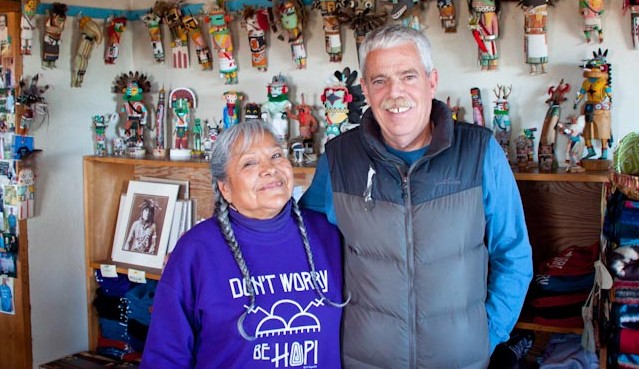
Evan Cantor
June 28, 2020 at 9:27 am
Thanks Joseph–your story makes me wish we had met you on our terrific visit to the Hopi Rez all those many years ago. Being respectful and courteous, we ended up having a wonderful experience. We met some marvelous folks, got real insights into their lives and enjoyed their hospitality. We spent a little money and still cherish the jewelry and the uncle guardian katsina we brought home with us.
FROM: The Slovenly Wilderness: A Modest Proposal …by Stacy Young

Lee Nellis
June 4, 2020 at 10:54 am
One of the other things the pandemic is making us think hard about is federalism. Environmentalists have relied on the Federal agencies and courts to protect the air, water, and land in ways that would never have happened at the State or local levels. But now, a disastrously failed Federal response to both the pandemic and to an outrageous expression of systemic racism, are making us think about what the states and cities can do. May have to do.
Writing from the heart of the Adirondacks, I am bemused by Stacy’s proposal of the Adirondack Park as a model. It is, but one must be very careful in saying exactly how The impulse for the preservation of these amazing mountains as “forever wild” (that’s what the State Constitution requires) has resulted in a healthy landscape in which people who accept certain limitations, including the near certainty of a lower income, can enjoy a great quality of life. This has been accomplished both through the management of the public lands for wildness and the stringent regulation of private lands. And interestingly, it has led, though over many decades, to an increasingly robust regional economy. While toilet paper did run short here in March, we never worried about the meat supply chain. Ours is only about 50 miles long and held up beautifully as the producers switched to a drive-through farmer’s market. Vegetables are hard in this climate’s dreary spring, but we had those, too.
The Adirondack Park is not a land of unusual harmony. There is continuing controversy and awkward compromises (how do you stage the Olympics on land where you need a Constitutional amendment to remove trees?) have been needed. Not all local folks benefit equally. The issue of short term rentals has recently wrecked social and political havoc in Lake Placid and affordable housing that is close to jobs is virtually non-existent here. Good jobs go unfilled because of the housing shortage. Cell service is uneven (and that leads to land use controversy, too). Likewise, internet access.
It should also be understood that Industrial Tourism is here, in a form at least as challenging as southern Utah’s. The Adirondacks are within an easy day’s drive of Toronto, Montreal, Boston, and New York City. And the state is, in my observation at least, even less adept at managing the impacts of tourism than the Federal agencies. This will get way too long if I expand on that.
The Adirondack Park exists because of an amendment to the New York Constitution that was adopted before Utah became a state and because of the foresight of the state’s urban majority during the environmental “revolution” of the early 1970s. The blue line (the term used for the Park’s boundary) and management within it was imposed on local folks (though there were supporters among them) by an urban and suburban elite and there should be no illusion that the state’s land managers are any more popular than Federal land managers.
Could there be a 2020s version of the Adirondack Park in southern Utah? I am tempted to just say “no.” But I do not want to rain on Stacy’s parade without acknowledging its hopefulness. And the State and even local governments in southern Utah do have the rare sensible moment. But those moments have always been overwhelmed by the dominant ideology.
And that’s what would have to be re-framed and encouraged to evolve in a new direction. It has taken me a long time to see this, but its not capitalism or even its ugly neo-liberal upshot that is the issue . It is the underlying “ism,” individualism that drives things in rural America. That and the dissonance that comes from trying to live the myth of individualism in a reality of almost abject dependence on outside forces. The people of southern Utah could ask themselves if they want to escape that dissonance and draw their own line (the red rock line?). Doing so would be unprecedented. It would require heroic honesty and effort. I’d love to see it.
FROM: Take it or Leave it: Robert Redford, Art Ekker, and Our Complicated Love of Cowboys …by Jim Stiles
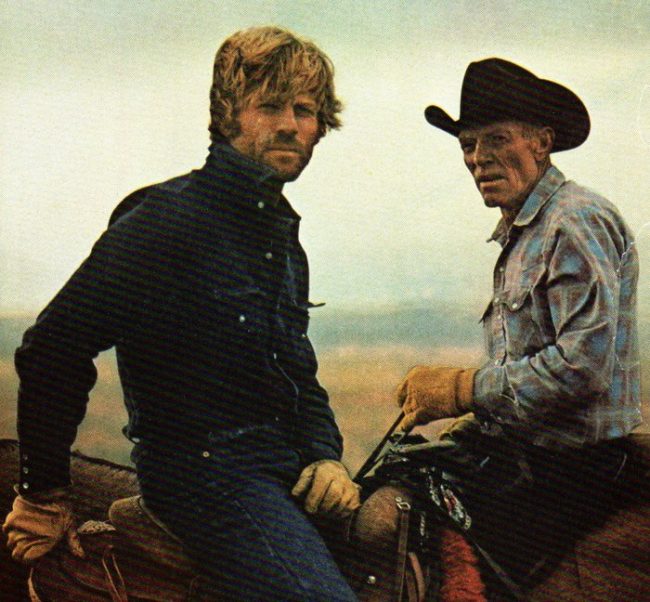
Gary Cox
February 10, 2020 at 9:50 am
How oft we hear those fierce demands to kick the cows off the public lands. What happens then? Will public lands managers be content to let the land thus cleansed of cattle return to its once pristine state? Of course not! How silly! Public lands are managed for wealth generation. And if the cows are gone who decides what the next wealth generating activity will be imposed? Will it be the morally pure environmentalists? And if they were the decision makers would they really be content with leaving the land to recover? Or would some other type of wealth generating activity be invoked as necessary for the forward march of the economy?
As countless examples show, it is industrialism that replaces pastoralism. So, in place of cows, we get industrial tourism. Could an environmentalist with a straight face really declare that the Sand Flats area has enormously improved since the cows were removed? And if it is not industrial tourism, it is oil and gas leasing, or strip mining, industrial parks or housing developments. What all of this shows and has shown from the beginning is the complete lack of a critique of capitalism and industrialist ideology on the part of the mainstream environmental community.
Cows and ranchers are visible and easy targets, a critique of their activities is easy, almost mindless. A critique of the much larger problem of industrialism and its concomitant need for expanding populations – expanding markets – is much more difficult and requires going outside the framework of one’s conventional education to find a critical perspective. So, do we hear even the glimmerings of a critique of corporate capitalism form environmentalists? Heaven forbid, especially when one’s organization is supported by donations from corporate capitalists. Promoting the hatred of cows and ranchers is an easy way to bring the naive into one’s organization. But it also keeps them stupid.
FROM: THE OPEN ROAD: Where Do I Want to Live When I Grow Up?…Words and Photos by Paul Vlachos
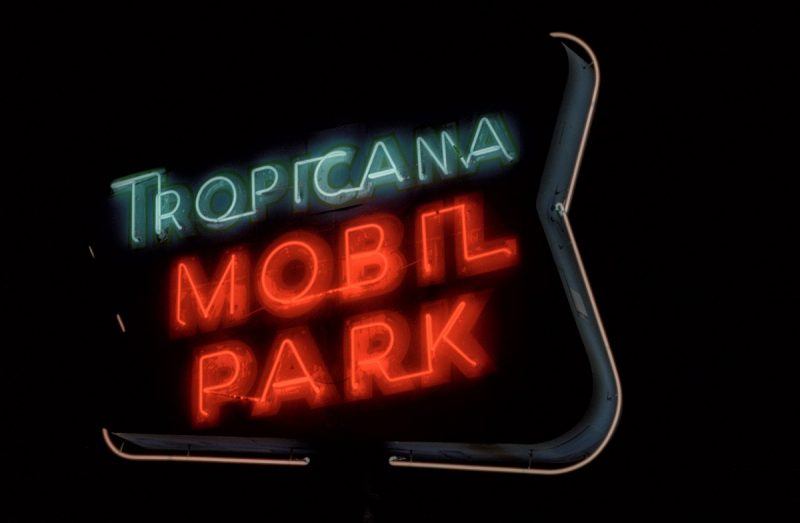
Doug Vinson
December 3, 2019 at 10:49 pm
Paul, great words as always. We all have to find our own ‘quiet,’ if that is what we want. The search is worthy, and I think more pressing as we age.
FROM: An Everyday Life …by Damon Falke
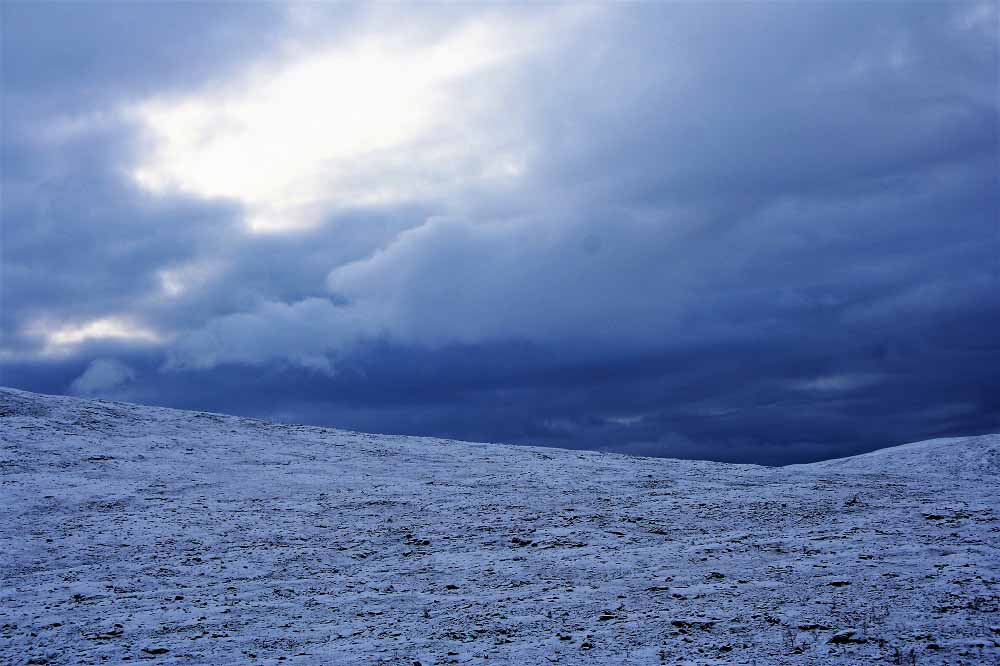
Donna Andress
May 11, 2020 at 12:56 pm
An Everyday Life sounds as if it’s in Alaska. having had an old friend who tried to lure my husband into going with him when he went, before Alaska was a state, we visited often. He became a millionaire, selling iceboxes to Eskimos as it were (he began a refrigeration business). A wonderful, late character!
FROM: Georgie Clark: Woman of the River…by Anne Snowden Crosman
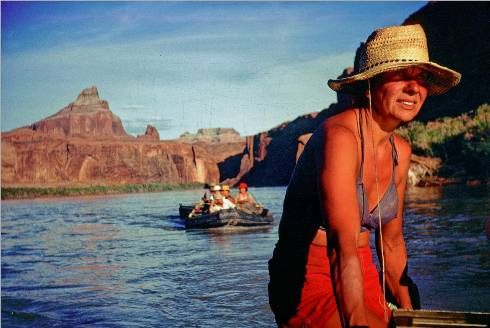
Ron Cohen
March 31, 2020 at 7:57 am
My trip with Georgie White was 10 days down the Colorado in summer, 1968. Memorable, partly because it coincided with Apollo 11. Every night we slept under the stars, looking up at the moon and wondering whether astronauts were really up there, safely, walking on the surface. Georgie was fantastic, sporting her skin-tight leopard swimsuit, telling Grand Canyon “war” yarns around the campfire, from her years of navigating the river, by inner tube and by raft. After more than a half-century, that trip is still the most exciting adventure I’ve ever had. I am 83, one year older than Georgie was when she died. What a life she led.
FROM: Down Glen Canyon with Georgia O’Keeffe & Eliot Porter …by Gene M Stevenson
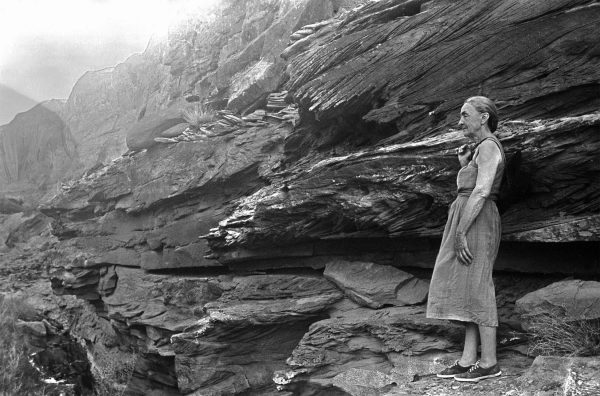
Cherie Rohn
April 23, 2020 at 11:20 am
Received Gene’s book, Canyon Country, from a friend who I’d worked with on Kenny Ross’s boat crew at Wild Rivers Expeditions in 1983. There aren’t enough accolades to describe how highly I regard Gene’s book. Having spent 30 years in Canyon Country as a cartographer & student of SW archaeology, I appreciate Gene’s interweaving of various disciplines. He fleshes out the heart & soul of the era–it’s personalities framed by that incredible environment & its unique challenges. My God, the research alone is astounding. The volume of photos, letters, maps plus Gene’s expertise in the field are bound together with a conversational style that makes for a great literary experience. I keep my copy handy so I can recapture flashbacks from the happiest time in my life.
FROM: PLANET OF THE HUMANS: DEJA VU ALL OVER AGAIN …by Jim Stiles
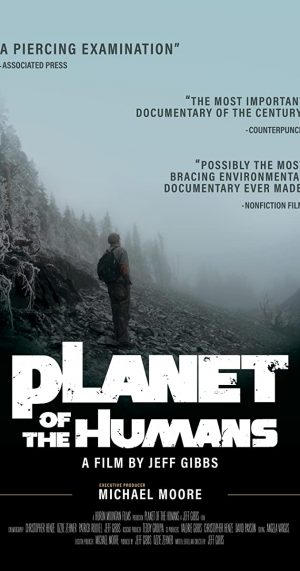
Doug Meyer
June 8, 2020 at 9:29 pm
Planet of the Humans is doing so well because people instinctively get the basic messages of the film:
Wind and solar energy cannot replace fossil fuels because major industrial processes (think blast furnaces and the like) still require them. It’s just a breath of fresh air to see enviro messaging revealed as a big lie, trying to get us to think that end-user energy use (homes and cars) is the whole problem when it’s just the tip of the iceberg.
The global hyper-rich (these are individuals whose names will not appear on non-profit tax returns regardless of the donation amount) are in fact responsible for major funding of environmental organizations.
Civilization’s impact on the planet is a function of consumption and population. And you’re just not going to see a meaningful reduction in total impact while total population is still increasing.
Show me any Sierra Club policy advocacy to the effect that we Americans need to reduce our lifestyle to somewhere near India’s per capita consumption and reduce our population at the same time. THIS is why Planet of the Humans is winning on messaging and why so many powerful people want to bury it.
FROM: Covid 19 on the Prairie: Life in the Urban/Rural Divide …by Tonya Audyn Stiles
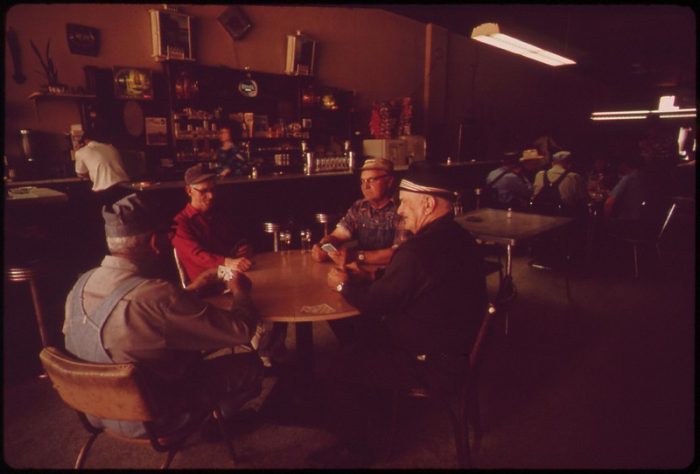
Bob Krantz
June 11, 2020 at 8:58 am
For a revealing insight into how much we misperceive each other, and some factors that might add to misperception, see the Perception Gap Project website (no personal affiliation).
The project polled peoples’ opinions on a number of political and social issues, as well as political allegiances. They also asked people what they thought those on the “other side” believe about those same issues.
The depressing result is that partisan people hold exaggerated views of their opponents, overestimating extreme opinions by a factor of two. And more partisan people have bigger perception gaps. They are apparently busy constructing and then hating straw men that don’t exist.
Another depressing result was the correlation of bigger perception gaps with frequent media consumption, especially more partisan media that feed the echo chambers. Fox News viewers and New York Times readers are about equally wrong about each other. The biggest exception came from people who watch good ol’ network TV news. Those people actually have better than average perception of other peoples’ views.
And education does not help, especially for Democrats. With increasing college and advanced degrees, their perception gaps actually increased.
One encouraging result: our actual opinions are not that far apart. If we could somehow overcome the tendency to exaggerate our opponent’s views (and also overcome the efforts of politicians and media to exploit them), we might find it easier to cooperate and just get along.
Again, the Z publishers want to thank everyone who has left a thoughtful comment on our site. You can always find the comment section below the ads, at the bottom of each page! Thanks — Jim & Tonya Stiles
To comment, scroll to the bottom of the page.
Zephyr Policy: REAL NAMES ONLY on Comments!
Don’t forget the Zephyr ads! All links are hot!
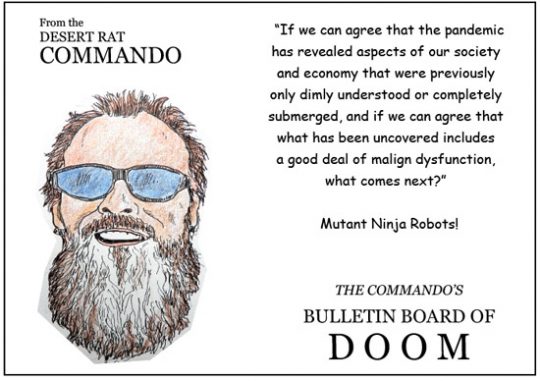
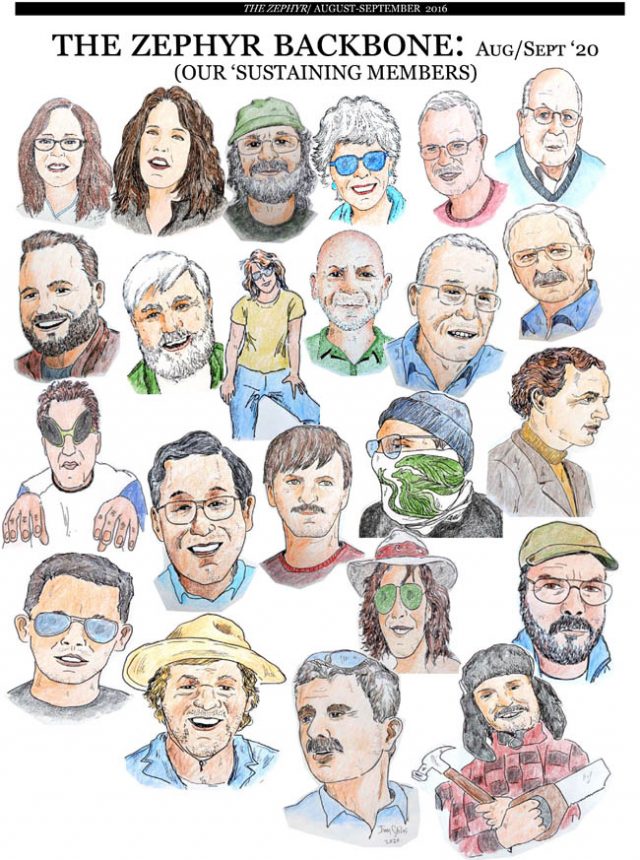
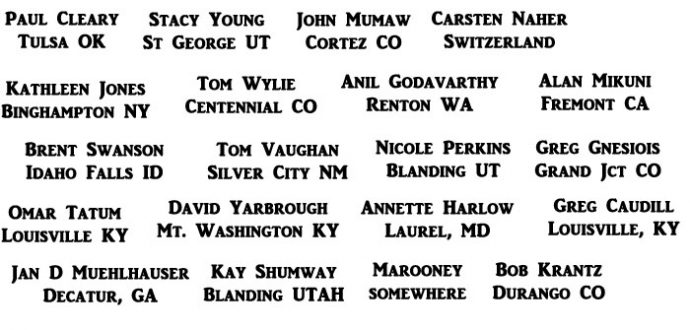

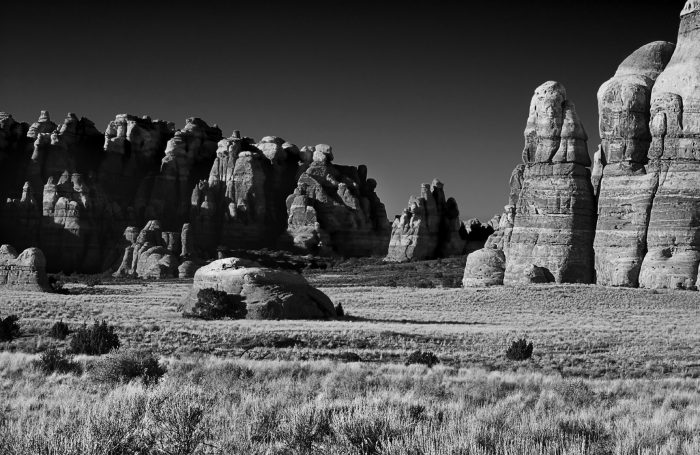

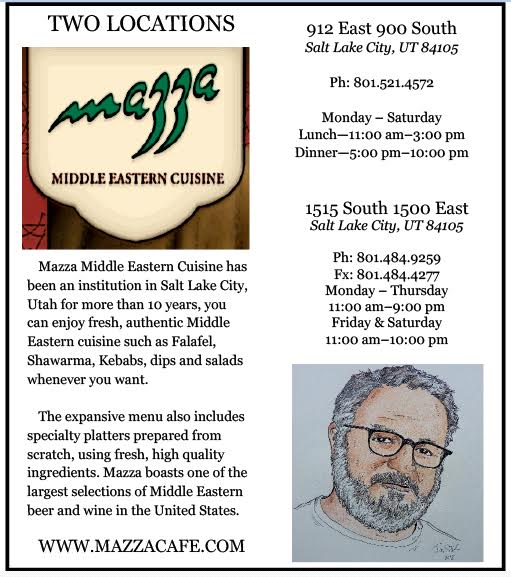

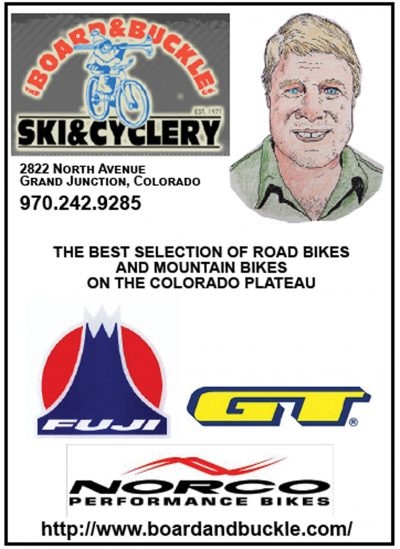
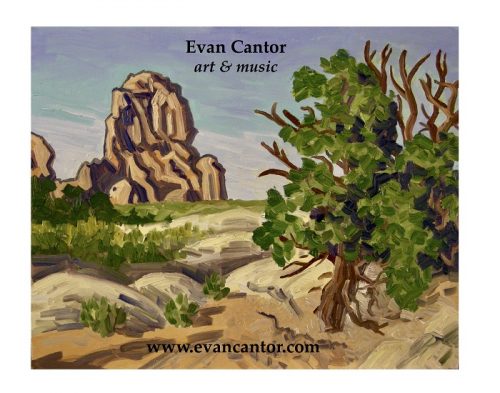
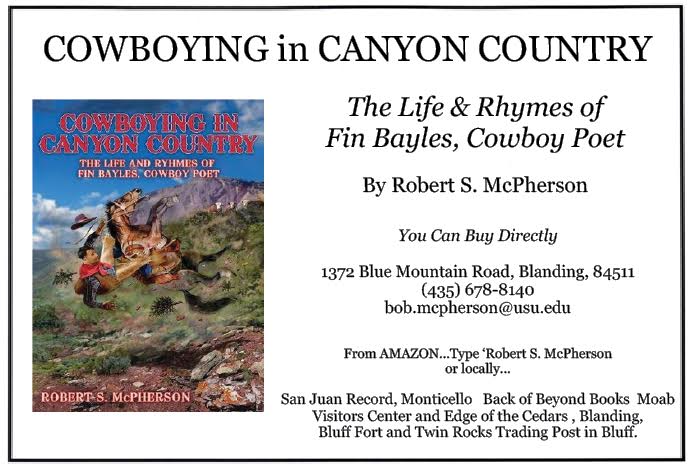
What an honor to be highlighted in your comment section. Thank you so much for continuing to achieve such high literary standards in The Zephyr, Jim & Tonya.